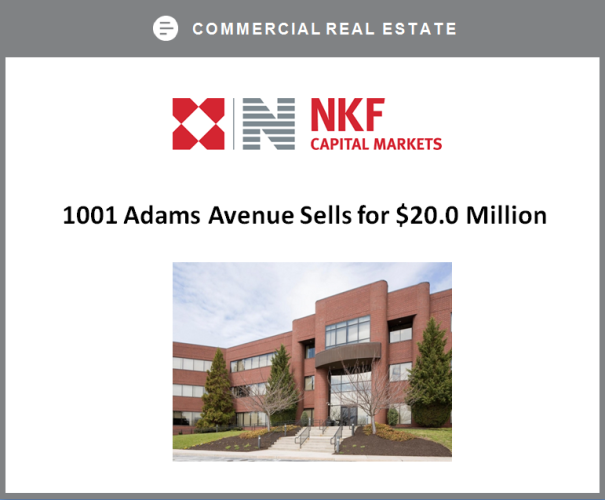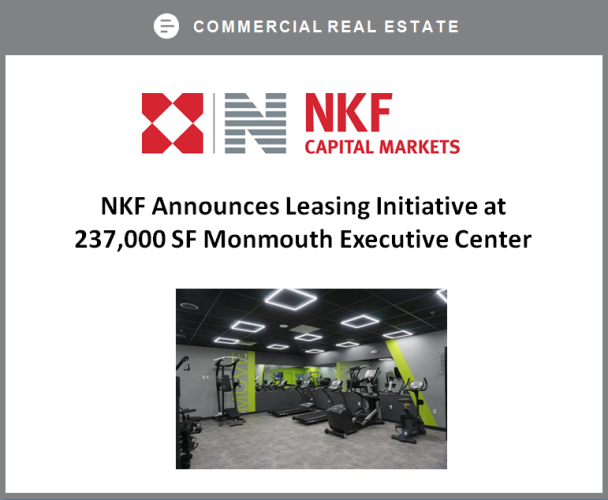Summary
- Online sales and ongoing strength in Aerie helped produce a better than expected second quarter, but COVID-19 pressures remain fierce.
- With half of the store base up for lease renewal by the end of 2021, management has an invaluable opportunity to restructure its store footprint, reduce costs, and optimize margins.
- AE shares look modestly undervalued today, but sustained outperformance in sales and visibility on better long-term structural margins could support an even higher price.
When I last wrote about American Eagle Outfitters (AEO) ("AE") and warned that “it could get worse before it gets better,” I was referring mostly to margin leverage and price competition from rivals like Abercrombie & Fitch (ANF); COVID-19 was not on my radar at that point. Even so, American Eagle has managed to outperform peers/comps like Abercrombie & Fitch, Buckle (BKE), and Urban Outfitters (URBN) since that last piece, so at least on a relative basis, I guess my overall positive stance held up.
All retailers are feeling the strain from COVID-19 and the recession, but this could be one of those crises that also creates opportunity for savvy management teams, and I believe American Eagle’s is one of those. With a large portion of the store base up for lease renewal, I think management has an opportunity to push for lower structural store costs and/or cut back the store base and counterbalance some of the deleverage pressures. I still expect American Eagle to be a low single-digit long-term grower, though, as strength at Aerie is counterbalanced by weakness in the legacy AE business. The shares do look modestly undervalued here, but improved visibility on sustainably higher margins would do a lot of good for the valuation.
Better Than Expected Second Quarter Results
American Eagle rebounded from a weak fiscal first quarter, both in absolute terms and relative to sell-side expectations, with a better quarter. Revenue beat expectations by 6%, gross margin beat by close to two points, and the company reported a modest operating profit versus expectations of a loss.
Revenue fell 15% year over year and jumped 60% quarter over quarter. While it’s normal for AE to see double-digit qoq growth between fiscal Q1 and Q2, this was obviously stronger than the normal season impact as lockdowns eased and people returned to stores. Management didn’t provide comps, but noted that “total demand sales” were down 19%, with AE brand demand sales down 29% and Aerie up 25% (with reported Aerie sales up 32% to $250M, or almost 30% of the total). Some rough back-of-the-envelope math leads me to believe same-store comps for the physical stores may have been down in the mid-40%’s. E-commerce sales rose 74% yoy and 56% qoq.
Gross margin declined 450bp from the year-ago period, but improved about 25 points from the prior quarter. Price competition remains an issue (from ANF’s Hollister in particular), but markdowns have been more moderate. Operating income declined 97% from the year-ago period, but the company did manage a small profit for the quarter. SG&A as a percentage of sales rose one point from the year-ago period, which I attribute largely to volume-based deleverage.
On a positive note, management seems to be taking aggressive action on inventory. Average inventory per square foot declined about 24% in the quarter, and that should leave the company with less markdown risk in the third quarter, though perhaps somewhat vulnerable to getting left behind if retail demand were to somehow rebound more strongly than expected.
An Opportunity To Restructure The Business
I am very curious to see what AE does with its store base over the next year and a half or so. Close to half of the company’s store base (500 out of 1,098) is up for lease renewal through the end of 2021, including three-quarters of its C-mall locations (“A”, “B”, and “C” malls is a real estate shorthand for the quality of a property, with C being the worst).
At a minimum, it’s pretty safe to say that mall owners are not negotiating from a place of strength right now. With that, AE should be able to get more accommodating lease terms, reducing the operating cost base for its brick-and-mortar stores.
This process also gives AE an opportunity to reevaluate its true long-term physical store needs. AE’s strong e-commerce position has helped the company through this unusual downturn, but online sales have created margin leverage pressures for the business, and I don’t see those abating. Figuring out the right physical store/e-commerce balance is tricky (and a moving target), but I think AE should consider closing more stores, and indeed the company has announced its intention to close 40-50 stores by the end of this calendar year.
I think AE has an opportunity to reposition its store base toward class A locations; it likely will always make sense for AE to have a meaningful store base, but I think this is a rare opportunity to hack-and-slash those stores that don’t generate attractive margins and limit some of the online-generated deleverage pressures. Keep enough stores open to maintain “share of mind” in high-end malls, and to facilitate/serve customers that want to do in-person returns and try on apparel, but be merciless about closing stores that don’t generate profitable traffic or overlap with other quality locations.






